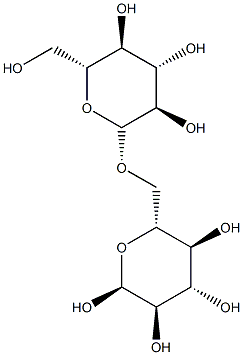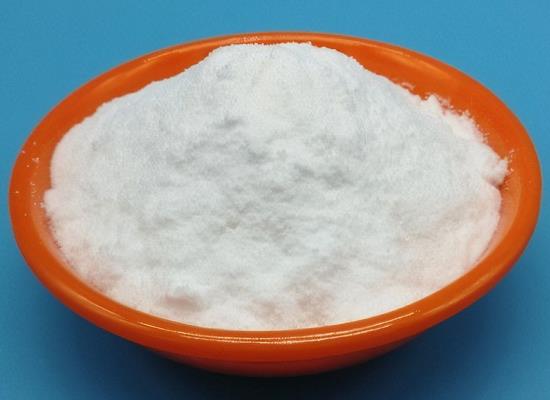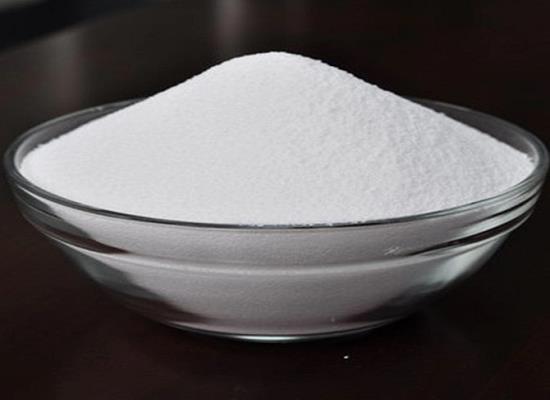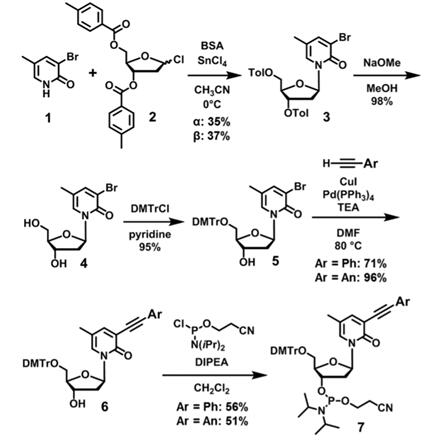Applications of Polydextrose
Polydextrose (CAS no.68424-04-4) is a water-soluble polymer of glucose which provides to foods the bulk and texture of sucrose, but at only one-quarter the caloric value. Polydextrose has been identified as a source of dietary fiber in foods and beverages in many countries. Due to its good processing performance and potential health benefits, it is widely used as low-energy bulking agent in a variety of foods and a partial replacement for fat and starch[1].
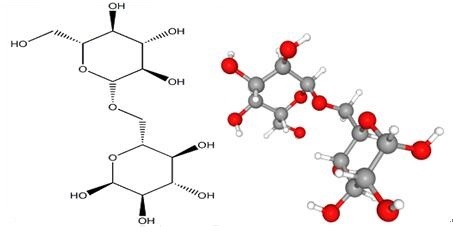
Previous clinical Fig 1. Chemical structure of Polydextrose
Studies revealed that polydextrose induces physiological effects, such as increasing fecal bulking, softening stools, decreasing fecal pH[2], increasing fecal short chain fatty acid (SCFA) concentrations and the amount of beneficial bacteria (e.g., Lactobacillus and Bifidobacterium)[3]. Polydextrose also has a very low glycemic index(4-7) compared to the reference glucose (100) and can decrease LDL cholesterol and total cholesterol values in human blood. Polydextrose was initially produced by vacuum-melt condensation of glucose with sorbitol and citric acid as catalyst. Polydextrose has been successfully incorporated into a wide range of foods including baked goods, beverages, confectionery and frozen desserts and is known to provide the bulk and appropriate textural and mouthfeel qualities which are usually associated with sugar and fat while lacking the sweet taste and caloric value connected with those conventional food ingredients[4].
Polydextrose is a randomly-linked (1,6-glycosidic bonds predominate), high molecular weight polymer (99% has a mol. wt <15,000 and 90% has a mol. wt <5000) such that it is resistant to mammalian metabolism and somewhat less so to microbial degradation. These characteristics endow polydextrose with its favourable technological properties (e.g. as a bulking agent functionally similar to sucrose) and consumer appeal as a non-cariogenic calorie-sparing foodstuff, with 25% of the calories of sucrose.
Polydextrose (PDX, Litesse Ultra) is a synthetic glucose polysaccharide (water-soluble) that is poorly digested such that it supplies only 4.2 kJ/g (1 kcal/g), as opposed to the usual 16.8 kJ/g (4 kcal/g) for a typical carbohydrate source. Thus, the application of PDX as a low-calorie carbohydrate is attractive for use in certain food products. Because of its nondigestability by pancreatic enzymes, it acts like a soluble fiber and, at higher intakes (>50 g/d human equivalent), may cause gas and loose stools[5]. It has been approved for use in certain food categories by the Food and Drug Administration and has GRAS status for some additional uses. PDX also has a mixed history for lowering plasma cholesterol in animals and humans[6], again presumably acting within the large intestine somewhat like a soluble fiber, such as pectin or β-glucans in oats.
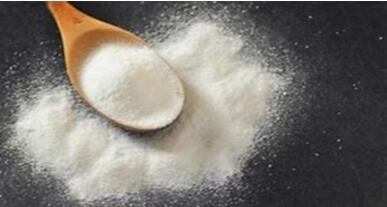
Fig 2. Polydextrose powder
Polydextrose - MISC, REG, GMP, As bulking agent, formulation aid, humectant, & texturizer in baked goods & baking mixes (fruit, custard, & pudding filled pies, cakes, cookies, & similar baked pdt only), chewing gums, confections, frostings & salad dressings, frozen dairy desserts & mixes, gelatins, puddings, fillings, hard & soft candy, film coating on single and multiple vitamin and mineral supplement tablets, where standards permit, pdts w/single serving ctg < 15 g polydextrose should have warning label for sensitive individuals to laxation effect-172.841.
Polydextrose is made up of 90 percent soluble fiber, according to the "Pakistan Journal of Medical Sciences." It is not digested in the upper GI tract, and partially ferments in the lower GI tract, making polydextrose beneficial to digestive health in much the same way as natural fibers. It promotes the growth of beneficial bacteria in the intestine and increases fecal bulk, among other benefits, improving GI function.
References
[1] M. Cerná, António S. Barros, Nunes A , et al. Use of FT-IR spectroscopy as a tool for the analysis of polysaccharide food additives[J]. Carbohydrate Polymers, 2003, 51(4):383-389.
[2] S. Sungsoo, P. Samuel (Eds.), Fiber ingredients food applications and health benefits, CRC Press, Boca Raton, FL 2009,173-201.
[3] Probert H M , Apajalahti J H A , Rautonen N , et al. Polydextrose, Lactitol, and Fructo-Oligosaccharide Fermentation by Colonic Bacteria in a Three-Stage Continuous Culture System[J]. Applied and Environmental Microbiology, 2004, 70(8):4505-4511.
[4] Lauridsen K , A/S D . Use of polydextrose in edible products, edible products containing polydextrose and processes for including polydextrose in edible products[J]. 2004.
[5] Burdock G A , Flamm W G . A review of the studies of the safety of polydextrose in food[J]. Food and Chemical Toxicology, 1999, 37(2-3):233-264.
[6] Saku K , Yoshinaga K , Okura Y , et al. Effects of polydextrose on serum lipids, lipoproteins, and apolipoproteins in healthy subjects[J]. Clinical Therapeutics, 1991, 13(2):254-258.
You may like
Related articles And Qustion
Lastest Price from Polydextrose manufacturers

US $10.00/KG2025-04-21
- CAS:
- 68424-04-4
- Min. Order:
- 1KG
- Purity:
- 99%
- Supply Ability:
- 10 mt

US $99.00-35.00/kg2025-04-15
- CAS:
- 68424-04-4
- Min. Order:
- 1kg
- Purity:
- 99%
- Supply Ability:
- 20ton
